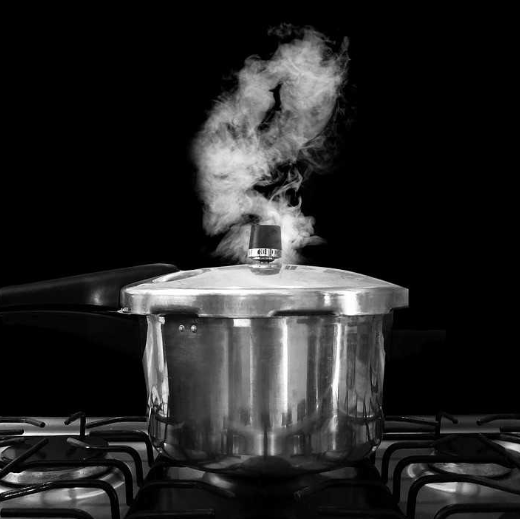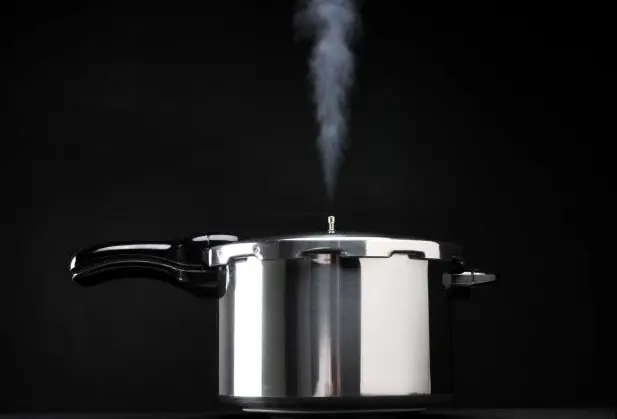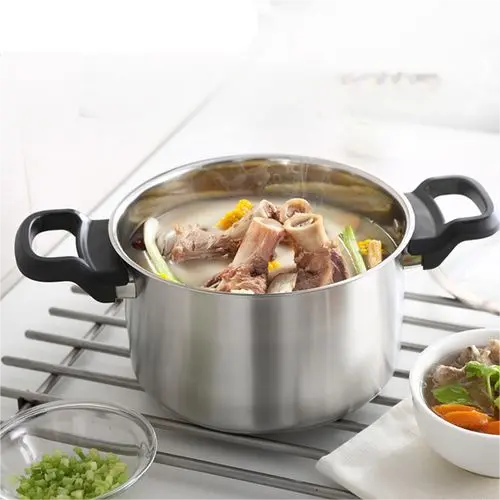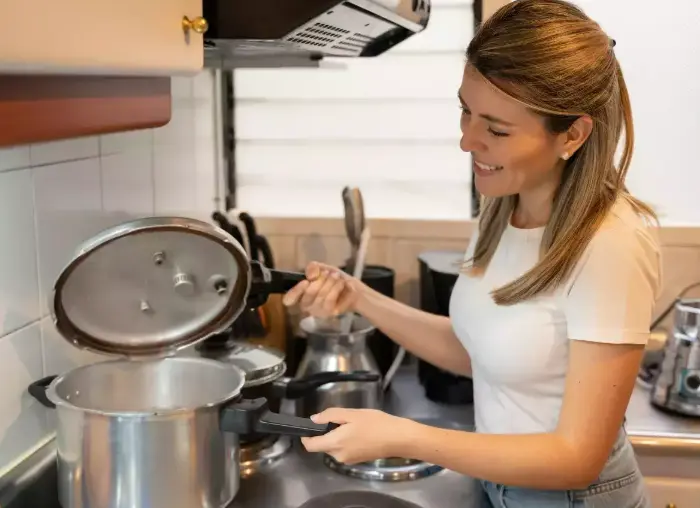
Pressure cookers are well-known for their ability to cook quickly and tenderize ingredients. Especially when it comes to meat, pressure cookers can make tough meat tender and delicious in a short time.
So how do pressure cookers do this? As a professional pressure cooker manufacturer, we will reveal how pressure cookers work and explore why they are particularly suitable for cooking meat, especially those tougher parts.
Effects of High Pressure and High Temperature
A key factor in the tenderization of meat in a pressure cooker is the high pressure it provides. This is because when you cook with a pressure cooker, the lid tightly closes it, trapping steam inside the pot. This steam further increases the pressure inside the pot, which also increases the temperature above the boiling point of regular water, 100°C
Pressure cookers generally do their work within a temperature range of 120-130°C, equivalent to 250-270°F, cooking food way quicker than it does, affecting meat much more than that.

Decomposition of Collagen
The core factor in the pressure cooker’s tenderizing of meat lies in the breakdown of collagen. Collagen is a connective tissue that is commonly found in meat, especially in tougher cuts such as beef shoulder, brisket, and pork shoulder.
Collagen is what gives meat its elasticity and toughness, but it dissolves into gelatin when it is exposed to heat and moisture. This gelatin then dissolves into the cooking liquid, enriching the flavor of the meat and tenderizing it.
In a pressure cooker, higher temperature and pressure break down the collagen much faster compared to conventional slow cooking. Thus, cuts of meat that are quite tough to eat, such as beef shoulder or pork shoulder, become tender and delicious after little time.

Keep it Moist
One of the important reasons why pressure cookers can keep meat moist is that they make meat tender. Unlike traditional cooking methods, steam and liquid are completely locked in the pressure cooker to avoid evaporation and drying. As cooking progresses, the juices in the meat are retained, which not only keeps the meat moist but also helps the decomposition of collagen.
For some meats that require long stewing, especially tough meats with more connective tissue, pressure cookers can achieve the same effect in a shorter time, retaining more gravy and flavor.
Tips for Making Tender Meat in a Pressure Cooker
While a pressure cooker may help you make tender meat with ease, there are a few tips that can further help you achieve better results:
Choose the right cut of meat: The best cuts of meat for your pressure cooker are tougher ones, like beef shoulder, pork shoulder, and chicken thighs. These cuts of meat contain more connective tissue, which can be quickly broken down into gelatin through pressure cooking to make them tender.
Add enough liquid: Pressure cookers need enough liquid to generate steam and maintain pressure. To ensure that the meat is tender, you can choose to use liquids such as broth, or water, which can help break down collagen.
Don’t overcook: For even though pressure cookers can make cooking times much faster, the meat is often too soft and affects the taste when overcooked. Cooking at the prescribed time not only preserves tenderness in meat but its flavor as well.

Common Pressure Cooker Meat Recipes
Pressure cookers are perfect for cooking many meat dishes. Here are some classic recipes for using pressure cookers to make meat tender:
Beef stew: Tough meats like beef shoulder become tender and tasty when cooked in a pressure cooker.
Pork trotter stew: Pork shoulder or trotters are slow cooked in a pressure cooker to make the meat extra tender.
Chicken stew: Chicken legs, breasts, and other parts of the chicken are tender and juicy when cooked in a pressure cooker, making them perfect for stews or soups.
Lamb leg stew: The connective tissue in lamb legs softens quickly with pressure cooking, making for a delicious dish with tender meat.